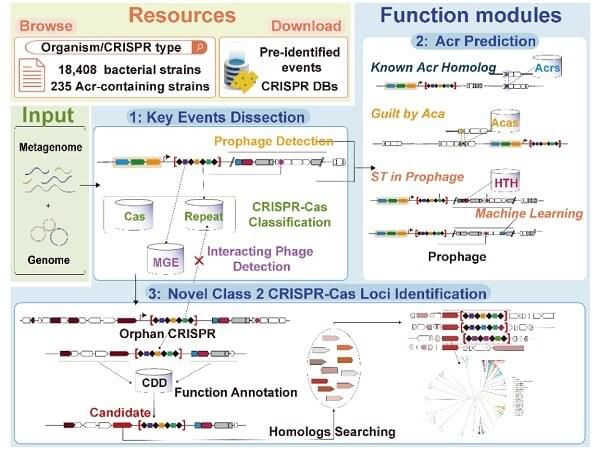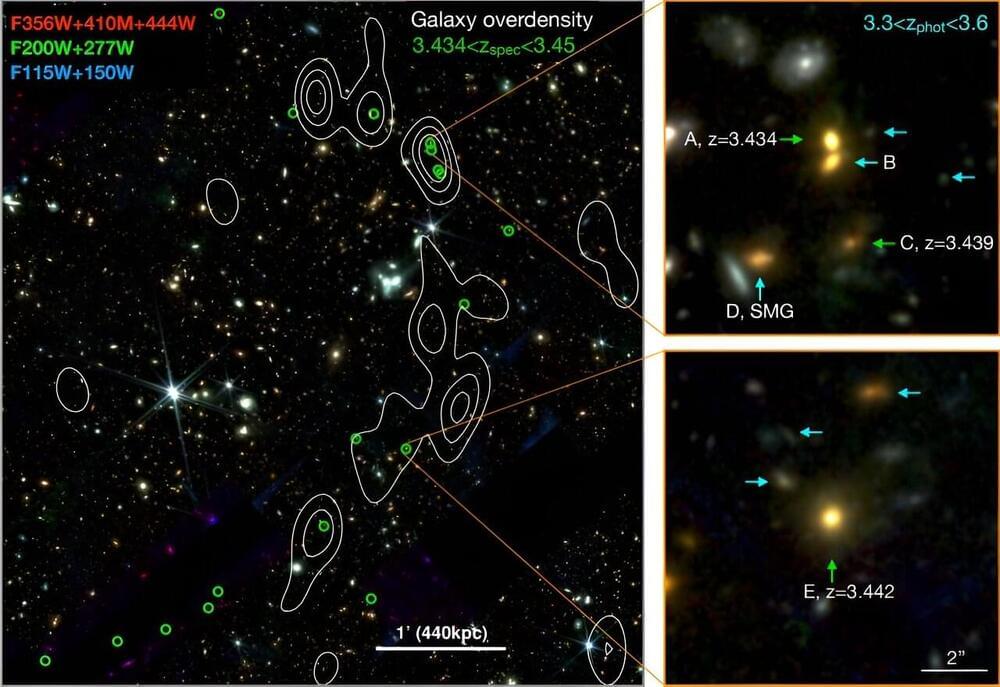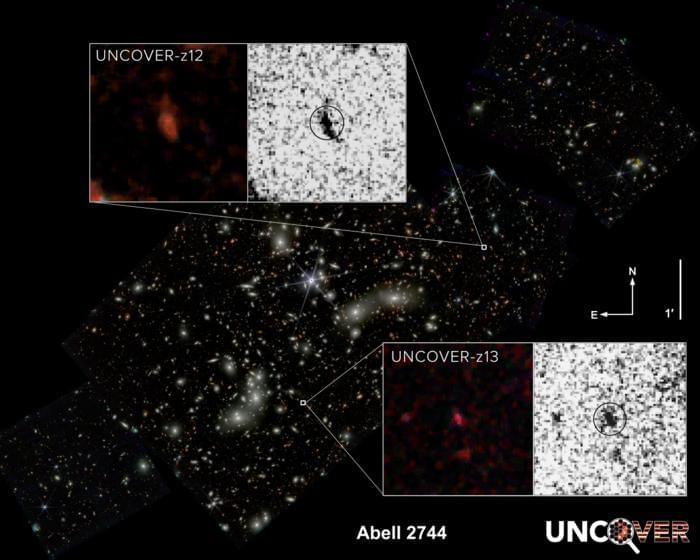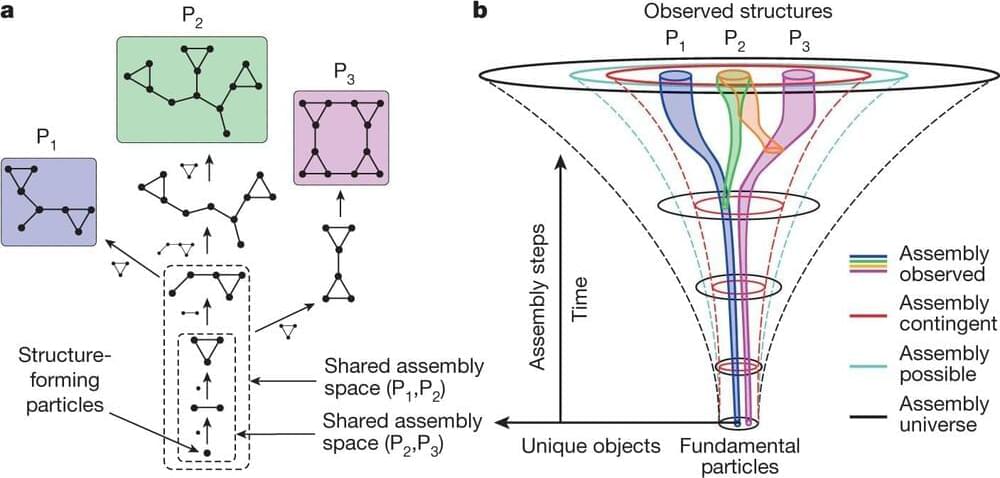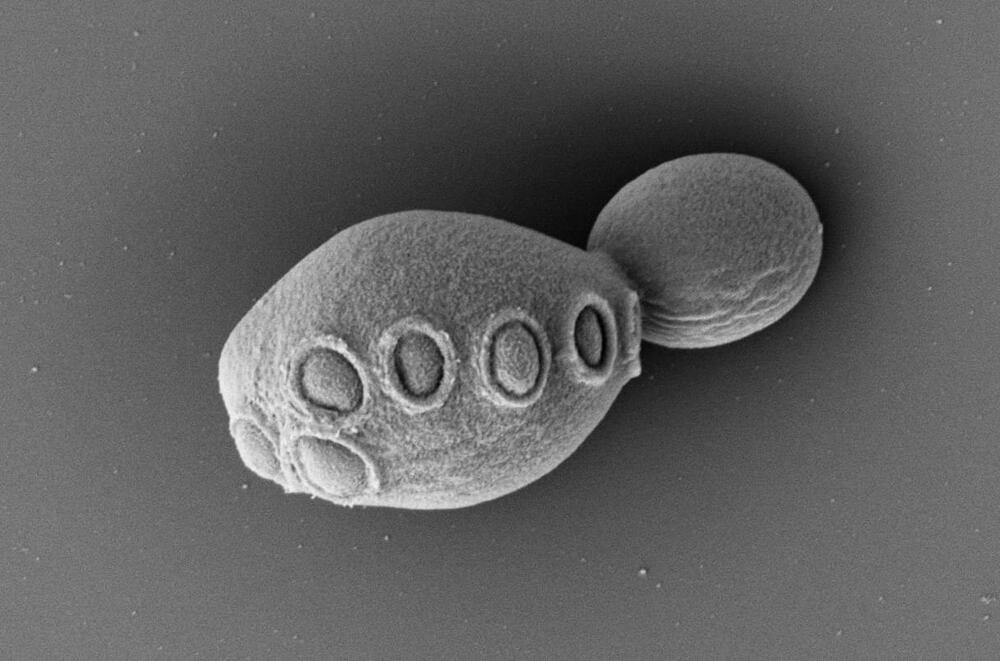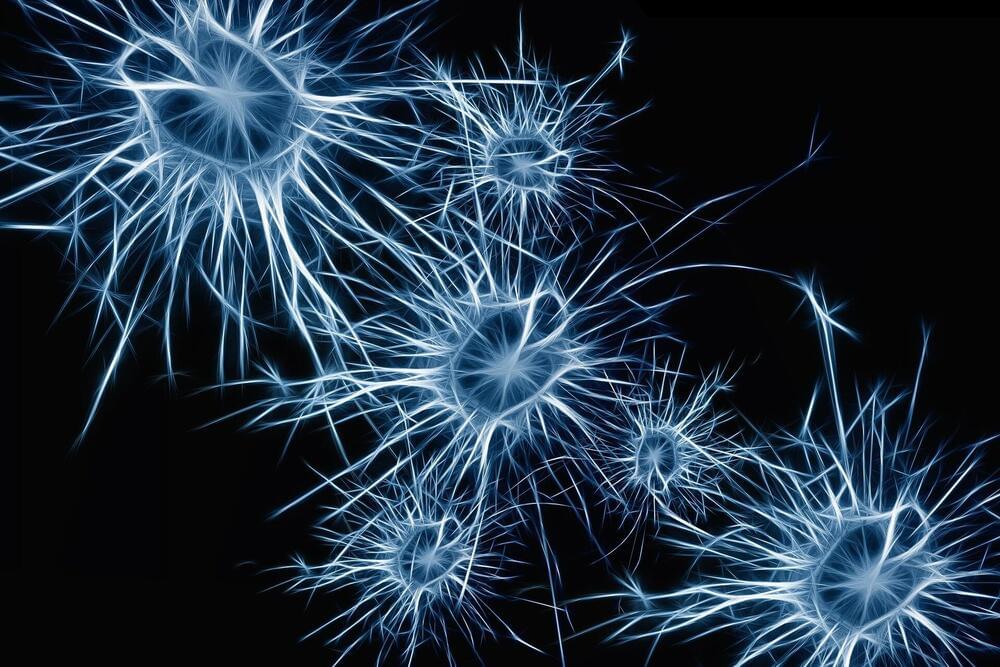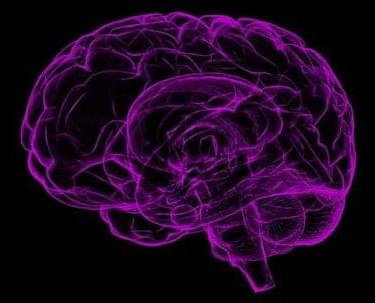Nov 24, 2023
Team develops CRISPR tool with big data visualization platform for genome editing and modification
Posted by Dan Breeden in categories: biotech/medical, evolution, genetics, information science
A research team from the Hefei Institutes of Physical Science of the Chinese Academy of Sciences (CAS) has developed an analysis service platform called CRISPRimmunity, which was an interactive web server for identifying important molecular events related to CRISPR and regulators of genome editing systems. The study is published in Nucleic Acids Research.
The new CRISPRimmunity platform was designed for integrated analysis and prediction of CRISPR-Cas and anti-CRISPR systems. It includes customized databases with annotations for known anti-CRISPR proteins, anti-CRISPR-associated proteins, class II CRISPR-Cas systems, CRISPR array types, HTH structural domains and mobile genetic elements. These resources allow the study of molecular events in the co-evolution of CRISPR-Cas and anti-CRISPR systems.
To improve prediction accuracy, the researchers used strategies such as homology analysis, association analysis and self-targeting in prophage regions to predict anti-CRISPR proteins. When tested on data from 99 experimentally validated Acrs and 676 non-Acrs, CRISPRimmunity achieved an accuracy of 0.997 for anti-CRISPR protein prediction.
